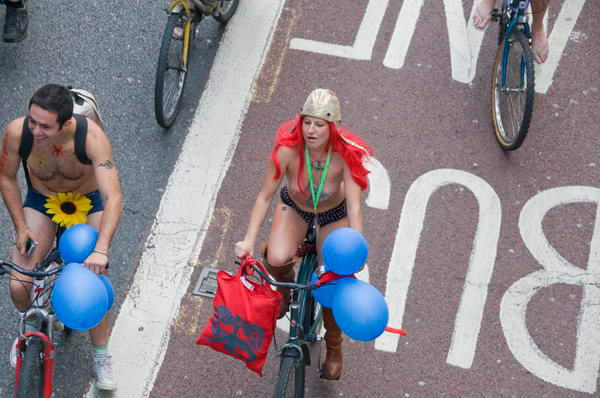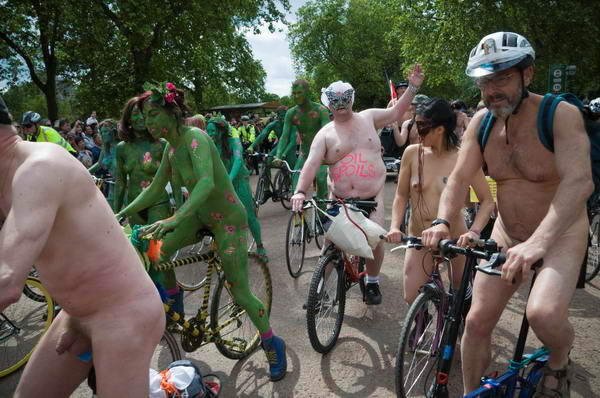Thursday I spent a day out in London, but my idea of a day out is perhaps different to most people. It started badly, when I forgot where I was supposed to be going and went to Trafalgar Square rather than Parliament Square!
I’ve changed from using my ancient and rather inconvenient diary software that produced nice neat printouts of my schedule to a rather more up-to-date piece of software, but haven’t so far managed to get it to give me such nice lists. Thursday I was in a rush and just glanced at the screen, scribbled a few notes and ran for the train. And got it wrong.
So I was late, and missed the start of the event I’d gone to photograph. Really organisation is vital, and I wasn’t the only one who had messed up, as the organisers hadn’t realised they needed permission from Westminster City Council for what they wanted to do.
The two mistakes didn’t quite cancel each other out, but it did mean I’d missed rather less than I would otherwise have done. I was able to catch up and photograph the rest of the event.

Paper chains in Birmingham
Which had started several weeks ago in Birmingham, where at the ‘Journey for Justice’ we had celebrated the 10th anniversary of the human chain which had been perhaps the most effective demonstration ever at a G8 Heads of Government meeting. Without any violence by demonstrators or police it put the cancellation of the overseas debts of the world’s poorest countries firmly on the political agenda.
There is still a very long way to go for the ‘Drop the Debt’ campaign – with only 20% of such debt yet dealt with. But that 20%, as the director of Christian Aid noted, has meant as much as the contributions collected in a thousand years of the annual fund-raising in Christian Aid week, one of this country’s major charity collections.
The paper links in the chains made this year in Birmingham were to take the ‘Drop the Debt’ message to the G8 meeting in Japan in July, and last week a small group of London activists carried them to the the Department for International Development in Palace St where they were met by Development Minister Gareth Thomas.

Photographically things were a little tricky. As you can see, the meeting took place outside on the pavement, at the entrance of the building. There was a fairly huge difference in light levels in the bright sun on the pavement and the deep shade of the entrance.
Photographers sometimes tell me that digital doesn’t have the dynamic range of film, but generally that simply means they haven’t learnt to use digital. It can really deal with much the same range as colour neg, though to do so in this kind of situation does require that you shoot RAW rather than jpeg, and also make use of some flash fill where you can.
The big plus is that with digital you can see immediately whether you have things right, not mainly from the picture display, but from the histogram, and if necessary adjust exposure and flash intensity. Here I was also moving the flash (with the plastic diffuser head that came with it) to point in the direction that needed flash and as far as possible away from the parts of the subject in bright sun.
Apart from a few pictures with my new ultra wide-angle – which I discovered was stuck wide-open and had to give up with, most of the pictures came out fine, at least so far as exposure was concerned.
On the tube to my next location I played with the stop-down lever on the back of the ultra-wide, and fortunately was able to sort out the problem. Obviously I’d changed lenses in a hurry and banged the small lever against the mount, bending it enough to prevent it moving smoothly. After straightening it out carefully the lens worked perfectly.
Having spent around thirty years working with what seem to be the best camera mounts ever designed – from Leica and Olympus – the Nikon mount does seem a little crude.















